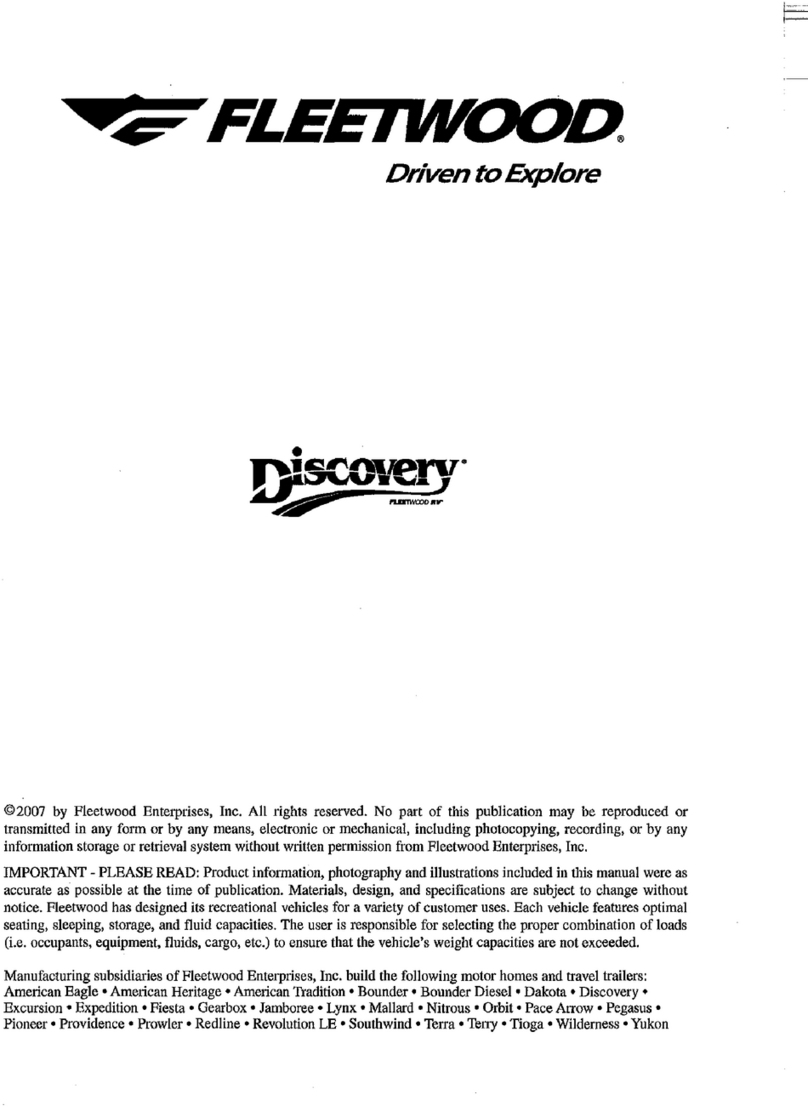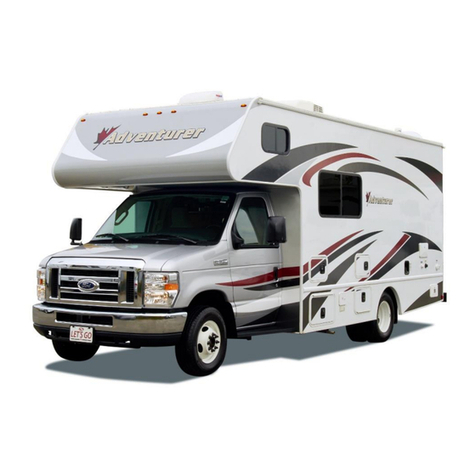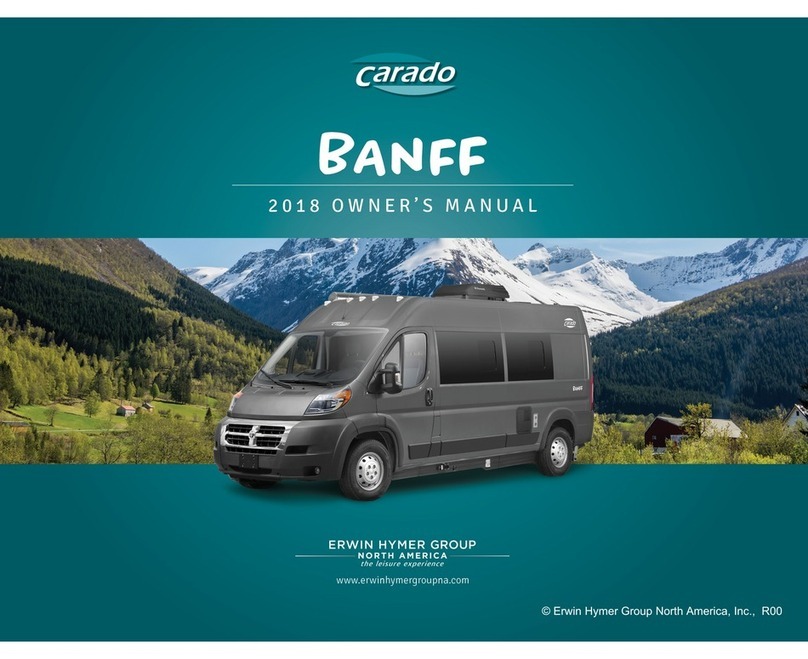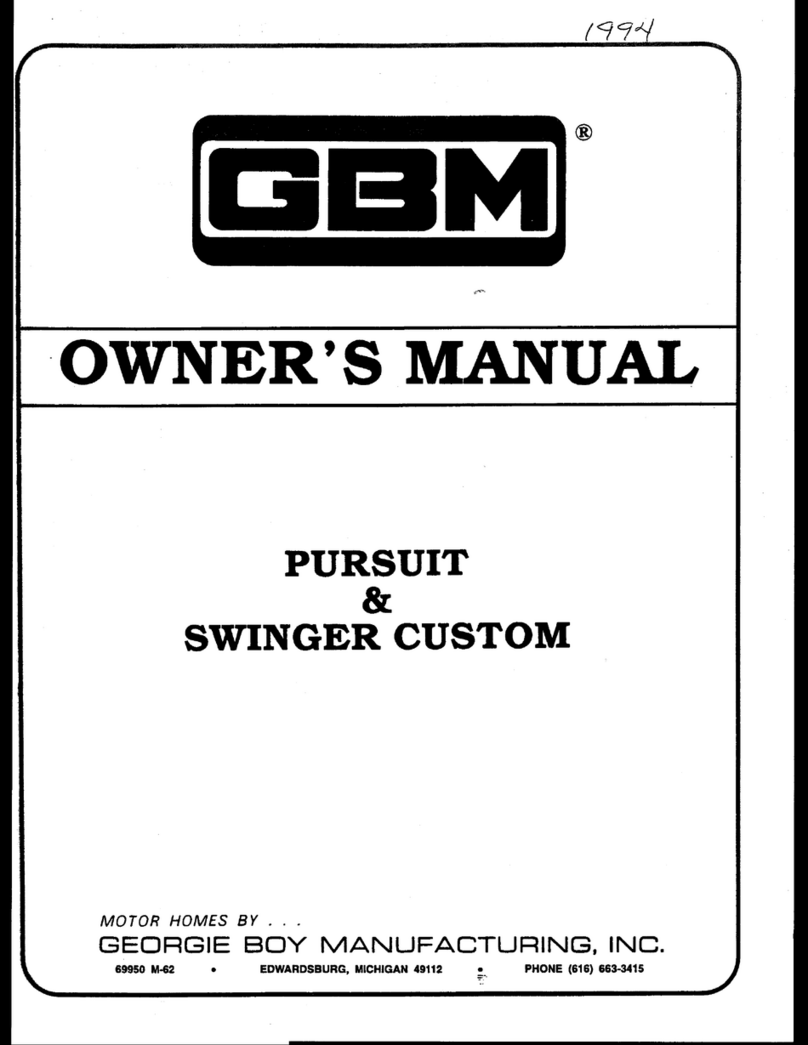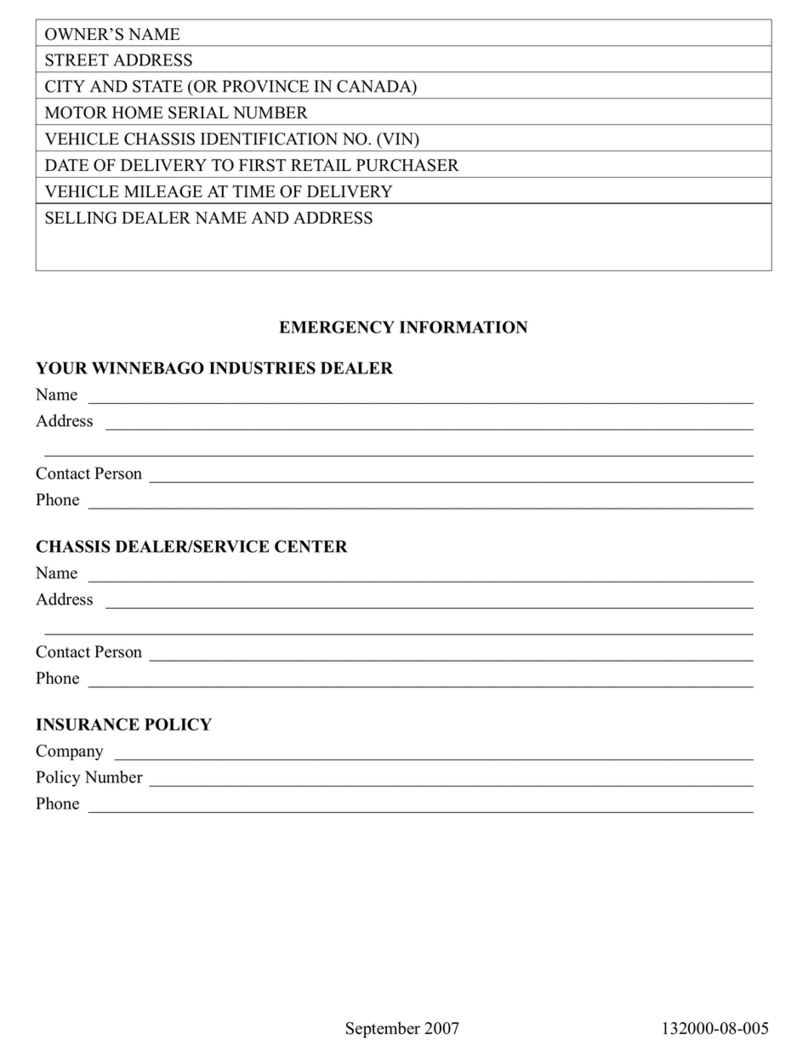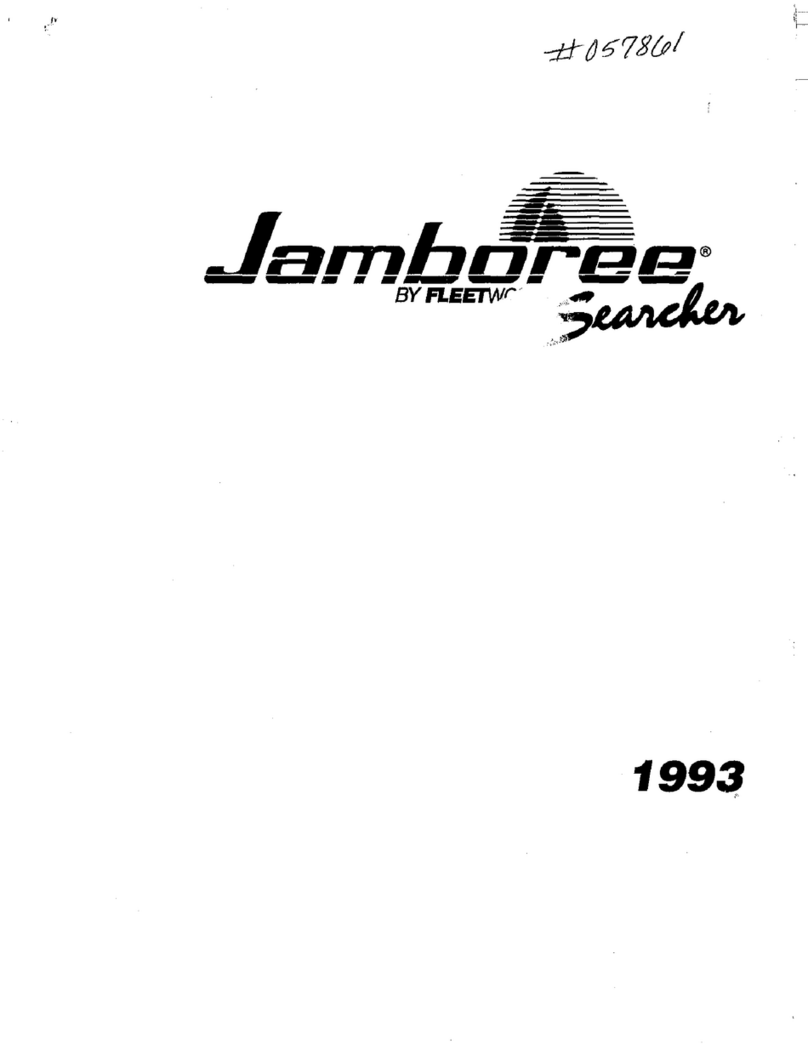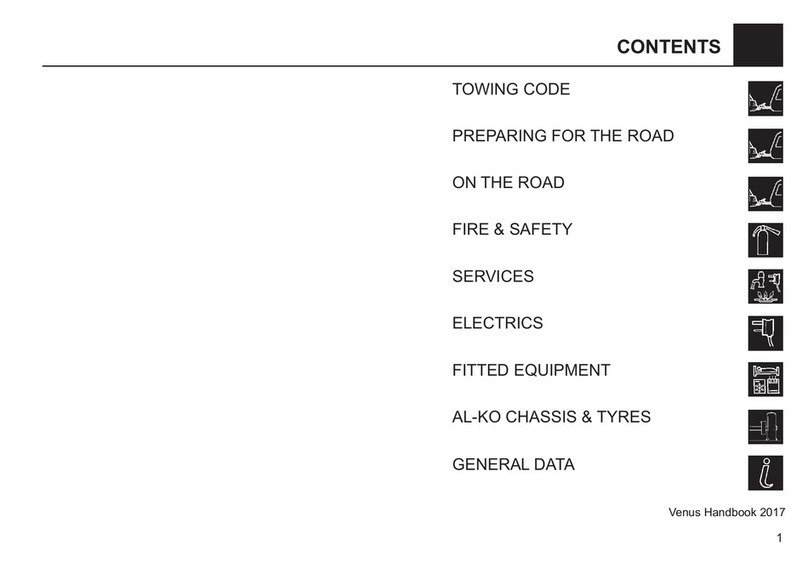Swift Group 2013 Holiday Home User manual
Other Swift Group Motorhome manuals
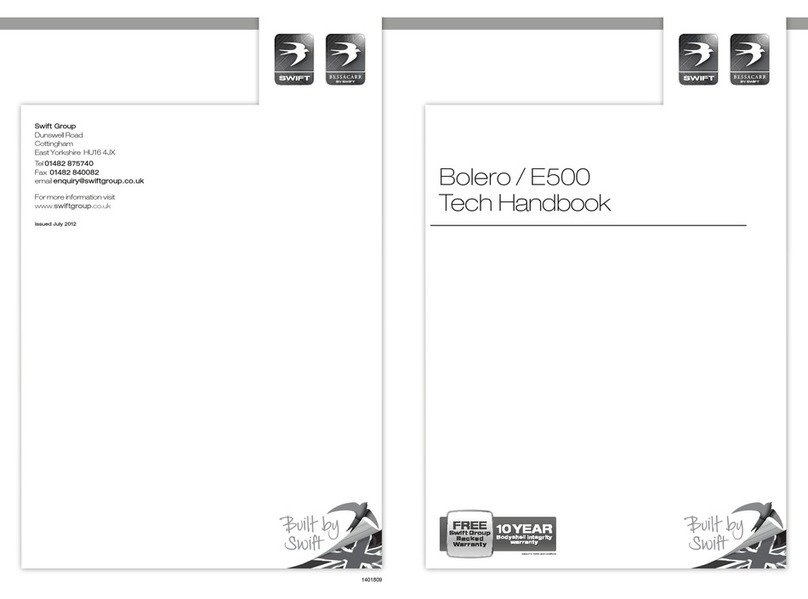
Swift Group
Swift Group Bolero 630EW / E540 User manual
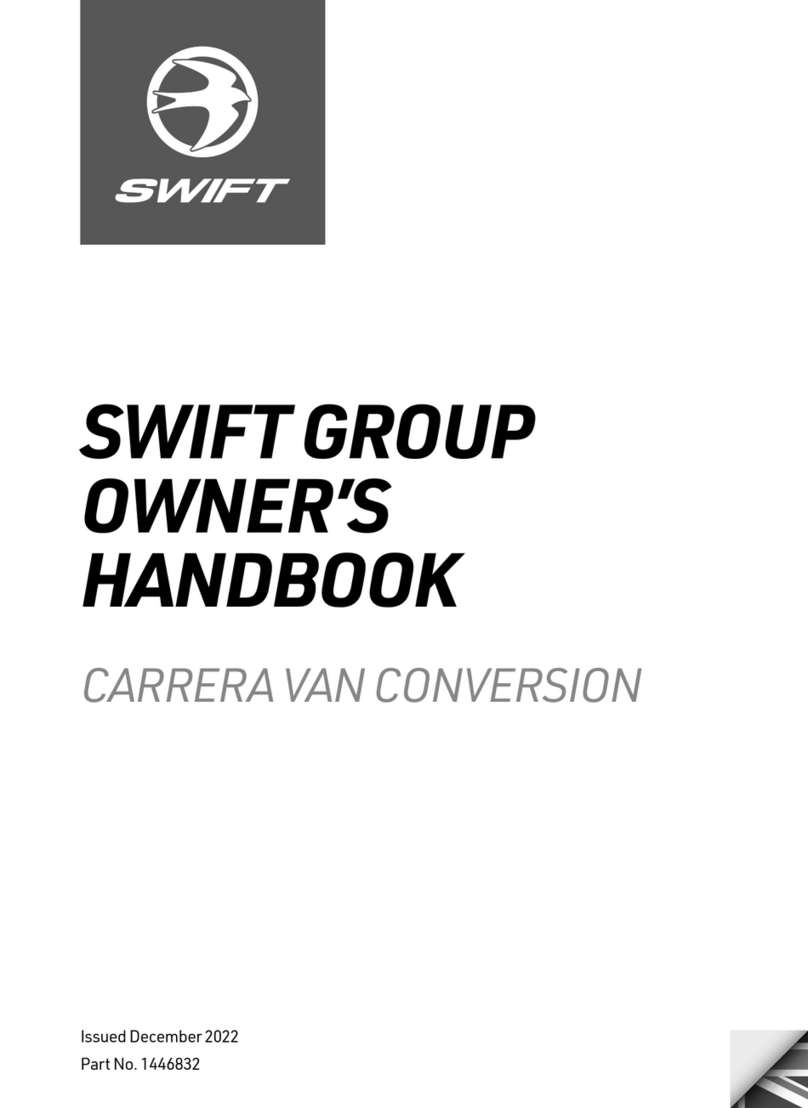
Swift Group
Swift Group CARRERA User guide

Swift Group
Swift Group Bessacarr 2006 User guide
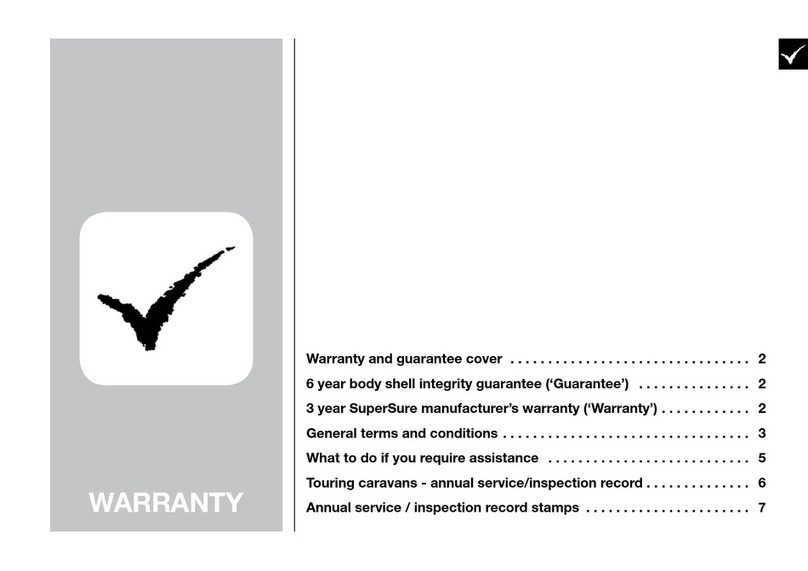
Swift Group
Swift Group 2009 Charisma User guide
Swift Group
Swift Group Sprite Major 4 Release Note
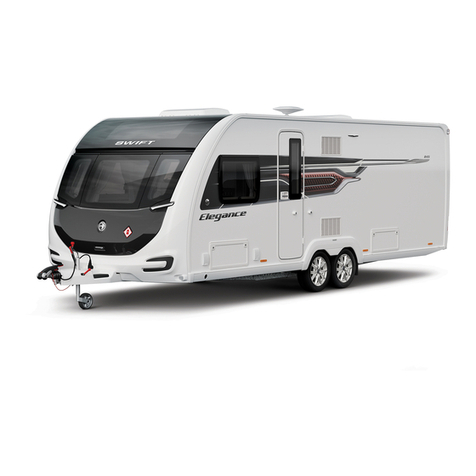
Swift Group
Swift Group Elegance User guide
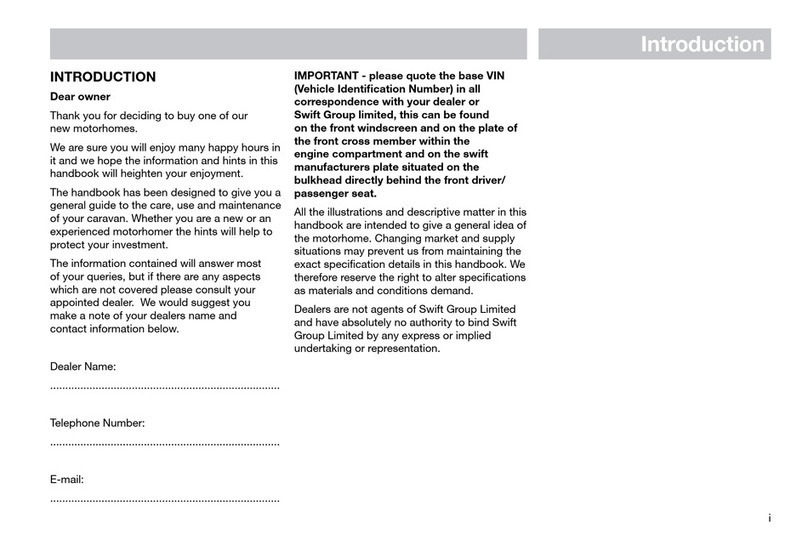
Swift Group
Swift Group 2011 User manual
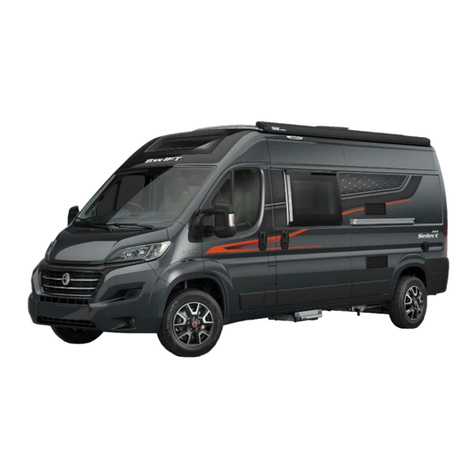
Swift Group
Swift Group Select 122 2020 User guide

Swift Group
Swift Group Basecamp 2018 User guide
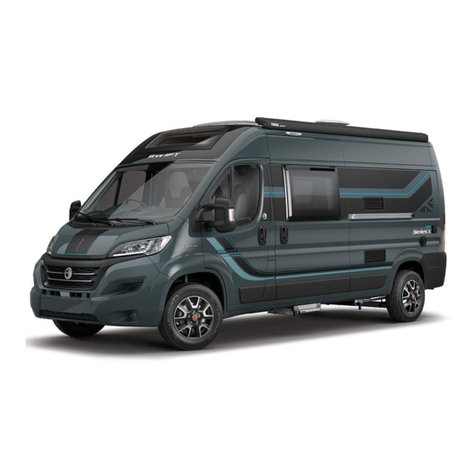
Swift Group
Swift Group Select 122 User guide
Popular Motorhome manuals by other brands

Winnebago
Winnebago Journey Service manual

Tiffin Motorhomes
Tiffin Motorhomes 2017 Allegro Breeze owner's manual
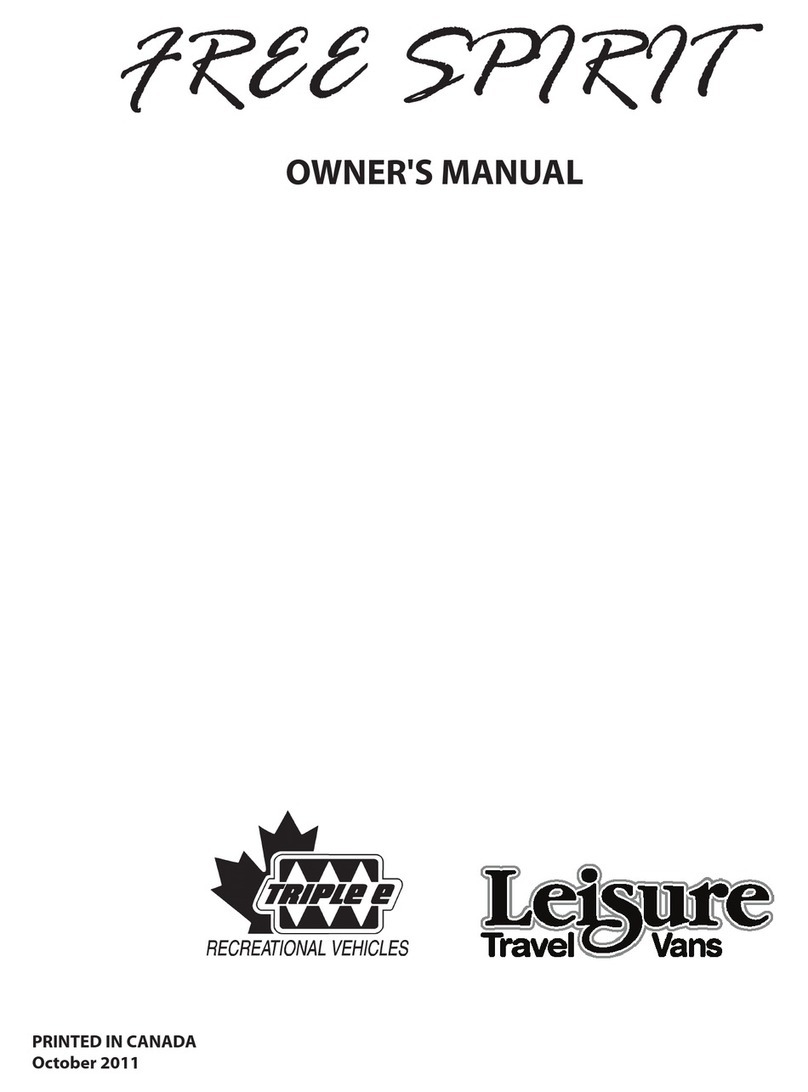
Triple E
Triple E Free Spirit 2012 owner's manual

Winnebago
Winnebago 2014 Adventurer Operator's manual

NewMar
NewMar Dutch Star 1999 owner's manual

Winnebago
Winnebago 1996 Brave Operator's manual
